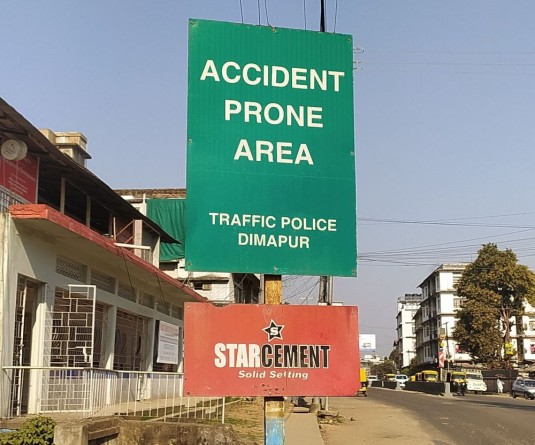
Chingya Luithui
Among the seasons, the gradual stretch from winter to the onset of spring is perhaps the most significant for the Naga people. In the harsh realities under which most Nagas live, it is a gentle reminder from nature about new opportunities and possibilities. Nagas, naturally, commemorate this through the seed-sowing festival, perhaps the most important celebration for them.
What is significantly different now though, from past celebrations, is that the festival has transformed from localized, village based celebrations to mega events involving huge amounts of money and the whole tribe, or in some cases, a conglomeration of tribes. The festival, in many cases, has also gone beyond just being “cultural” but has often reflected political positions. These are not necessarily bad developments but it comes with certain ramifications that require careful assessment.
Firstly, do people understand the traditional logic and purpose behind such celebration? For many Nagas today, the seed-sowing festival is merely an event in their social calendar; they know that it is important but, unfortunately, do not know why. For a society that is rapidly moving away from agriculture as the main activity, this is not surprising. However, if Nagas are to insist on their unique culture, knowing why their culture is unique is necessary for advancing the argument.
Secondly, and intrinsically tied to the above is, how are the values and meanings that underpin such celebration respected, preserved and transmitted? For one, amongst others, the seed-sowing festival is a reflection of the sagacity of the Nagas’ deep understanding and acknowledgement of the bond between nature and mankind. This knowledge came with the clear recognition of the need to be responsible stewards of nature and the environment. A quick look around will reveal that Nagas are really terrible at caring for the environment.
Thirdly, the commercialization of such celebration raises a whole dimension of concerns surrounding cultural appropriation. Appropriation of culture, simply put, is the adoption of rituals, icons, motifs, designs, beliefs, and behavior of one culture by another without proper understanding of the context or meanings of such activities and images resulting in the reduction of the significance of these into banal popular culture or meanings that are completely different to what was originally intended. What happens then when Nagas themselves actively contribute to the appropriation of their culture by others?
Commercialization also reduces the celebration, and by implication the whole value system underpinning it, into a mere product for consumption. Much of the cultural activities like dances and folk songs performed in the seed-sowing festival (or other festivals for that matter) today are highly corrupted versions packaged to sell as the exotic which would attract more consumers. It again raises the important issue of how Nagas themselves are perpetuating stereotypes that are harmful, in the long run, to their identity and culture.
All these point to the failure of the Nagas to understand the values that underpin their cultural practices—values which should be the cause for the celebration. Unfortunately, the manner in which the seed-sowing festival is celebrated these days is indicative of the Naga peoples’ obsession with the visible and tangible practices without trying to understand why they exist in the first place. One can see the negative consequences of this myopia being played out in other areas of the Naga social fabric as well. For instance, the ignorant irresponsible argument that a rape can be compromised by slaughtering a pig or buffalo because that was what was the customary practice without understanding the context and values that informed such practice.
The prognosis then is clear, if Nagas are to reclaim their culture as really theirs, they would need to first reclaim the values that are the foundation of their culture.
The writer can be reached at chinxwrites@gmail.com



